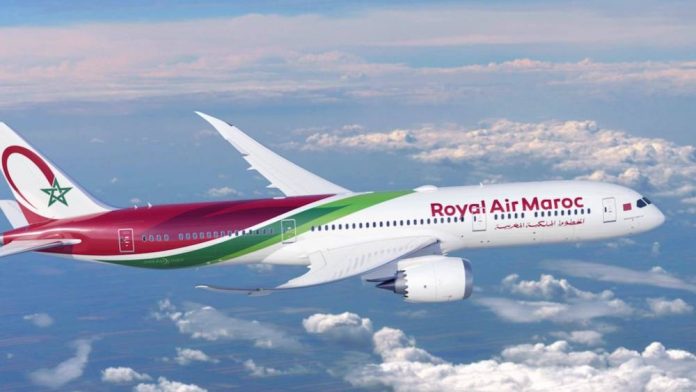Royal Air Maroc is making a powerful statement in São Paulo—not just by showcasing its flight routes, but by planting the Moroccan flag in one of the world’s most strategically promising regions. After a six-year absence from the WTM Latin America, the airline is back with a clear mission: to deepen Morocco’s influence across Latin America, one of the final frontiers in its global expansion.
The return to Brazil’s largest city is far from a symbolic gesture. It comes just four months after Royal Air Maroc reinstated its direct service between Casablanca and São Paulo, a route that had been suspended since the pandemic. The relaunch has exceeded expectations: more than 80% of seats are being filled, demand continues to climb, and the outlook is overwhelmingly positive.
From the Moroccan hub, passengers can connect seamlessly not only to West Africa, but also to Europe and the Middle East—a network that is increasingly attractive to regional operators looking for stable, cost-effective alternatives.
This year’s WTM Latin America could hardly come at a better time. Centered around the theme of merging technology with human connection, the event has drawn 30,000 professionals from around the world. Brazil is eager to reclaim its position on the global tourism map, and Morocco’s presence at the show is impossible to ignore. Drenched in vibrant red and brimming with sensory touches—from traditional mint tea to handmade sweets and delicately perfumed incense—the Moroccan pavilion is less a booth than a cultural experience. It’s tourism diplomacy in action, using air travel not just to move people, but to tell stories and build bridges between cultures.
Royal Air Maroc hasn’t come alone. Backed by the Moroccan National Tourist Office and several partner agencies, the airline is pushing hard to make Morocco a top destination for Brazilian travelers. Talks are underway for a cooperation agreement with Embratur, Brazil’s federal tourism agency—a move that could mark a deeper integration of Morocco into South America’s travel circuits.
The numbers support this strategic push. In 2024, more than 40,000 Brazilian tourists visited Morocco, a 7% increase from the previous year. Early 2025 has only reinforced the trend, with over 12,000 Brazilian visitors recorded in the first quarter alone. Hotel stays have soared, jumping 136% in January—a surge driven by both an attractive travel offering and a well-crafted charm offensive. In many ways, Royal Air Maroc is acting as Morocco’s airborne ambassador.
And the expansion is only just beginning. The airline is eyeing an increase in its weekly flights to São Paulo—from the current three to as many as six. A new route to Rio de Janeiro is also under serious consideration. Along with greater frequency, the airline is raising the bar on service. The sleek Boeing 787-900 Dreamliner is being introduced, featuring an upgraded business class designed to compete on the world stage.
Inside the Moroccan pavilion, the atmosphere is immersive and unforgettable—a sensory journey that hints at the country’s broader ambitions. But beneath the hospitality lies a deliberate strategy: a soft power campaign carried out not through embassies, but through runways and flight paths. In Latin America’s complex and competitive airspace, every new route is a statement of intent. And through Royal Air Maroc, Morocco is clearly declaring that it’s here not just to fly, but to lead.




